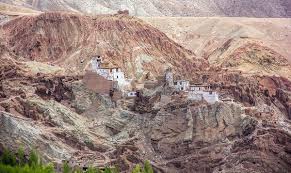¤ 11 minutes Read
Leh
A complete tourist and cultural guide
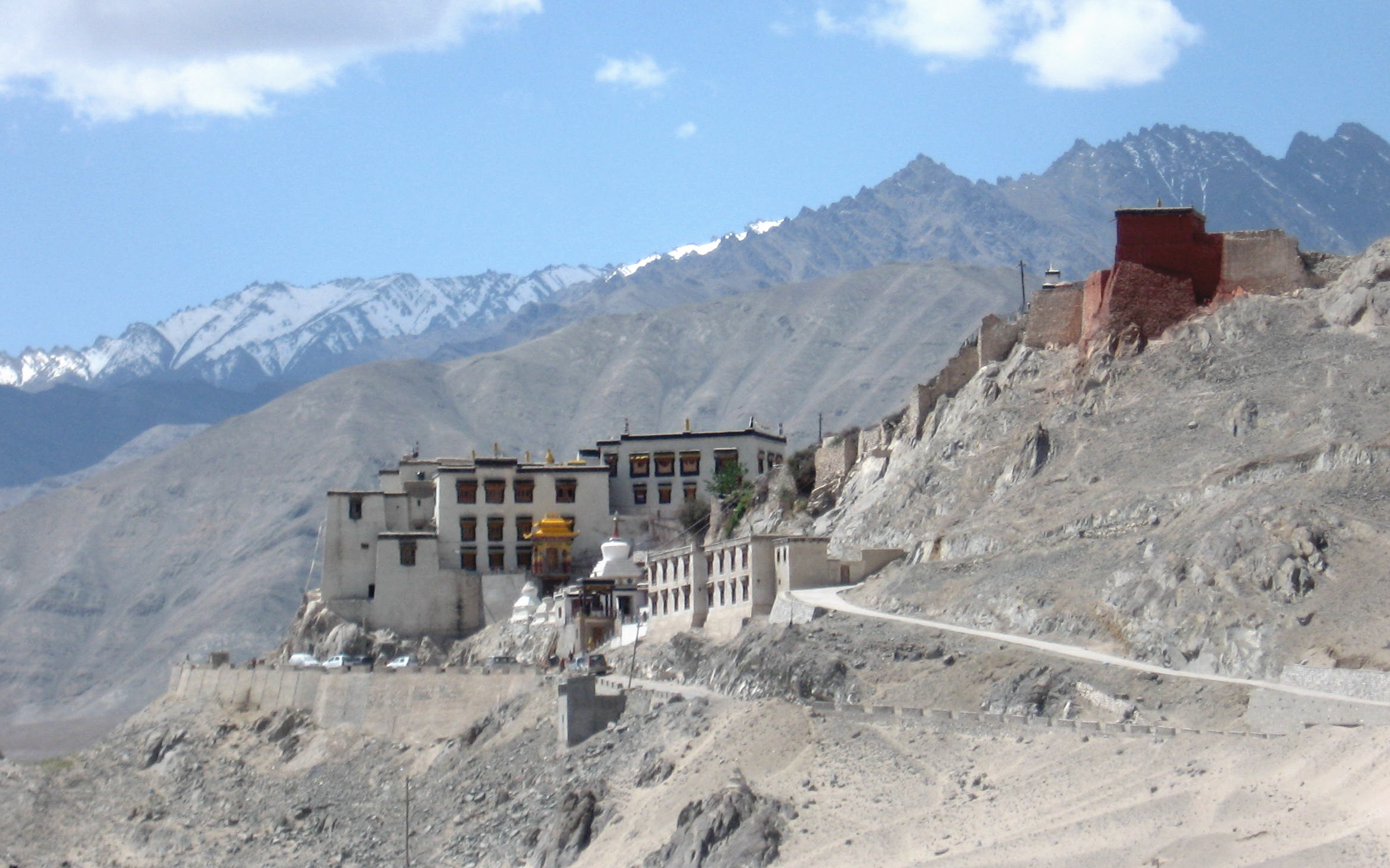
The heart of Ladakh, is a land of breathtaking landscapes, ancient monasteries, and vibrant culture. Nestled amidst the Himalayas, it offers serene lakes, majestic passes, and a glimpse into Tibetan traditions. From adventure seekers to spiritual travelers, Leh has something for everyone, making it a must-visit destination for an unforgettable Himalayan journey.
Wiki Link: Leh Page
Must-Visit Attractions in Leh
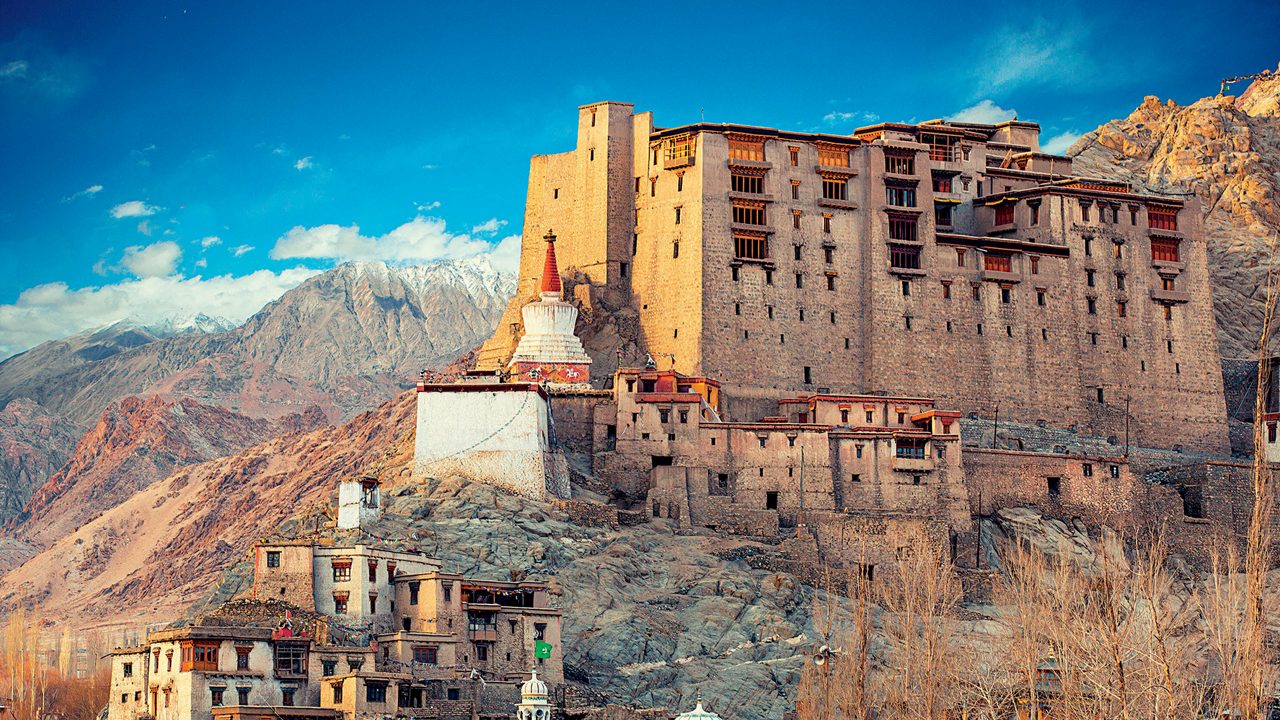
Leh Palace
A 17th-century palace offering panoramic views and the surrounding mountains. Its ancient architecture reflects the grandeur of Ladakhi royalty.
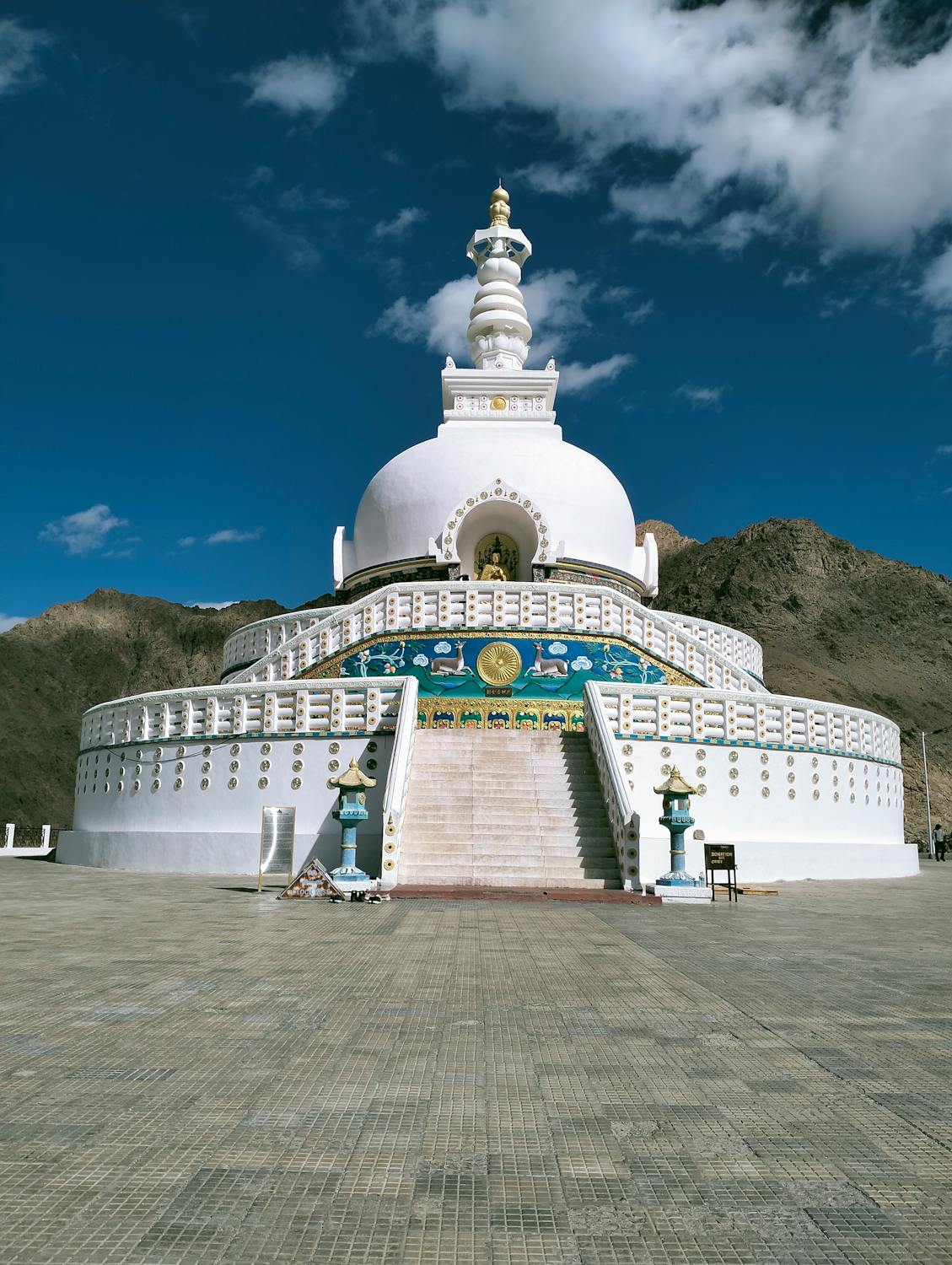
Shanti Stupa
A white-domed stupa built by Japanese monks, it offers spiritual peace and stunning sunset views over the Leh valley.
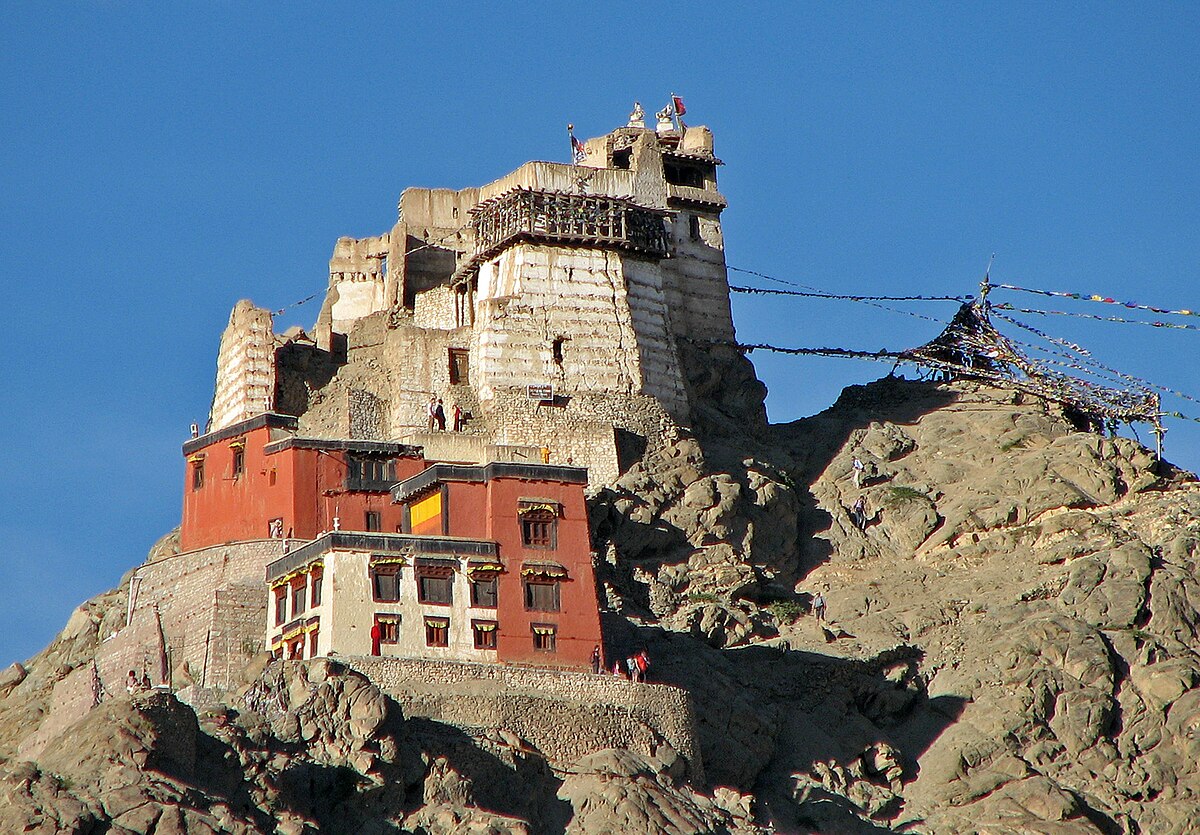
Namgyal Tsemo Monastery
Known for its towering golden Maitreya Buddha statue, this monastery offers a serene spiritual escape and breathtaking views of Leh town.
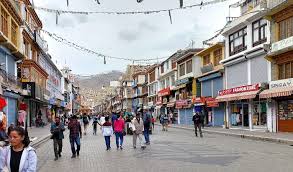
Leh Market
A bustling bazaar filled with Tibetan handicrafts, jewelry, and woolens, making it perfect for shopping and soaking in local culture.
Major Attractions Nearby Leh
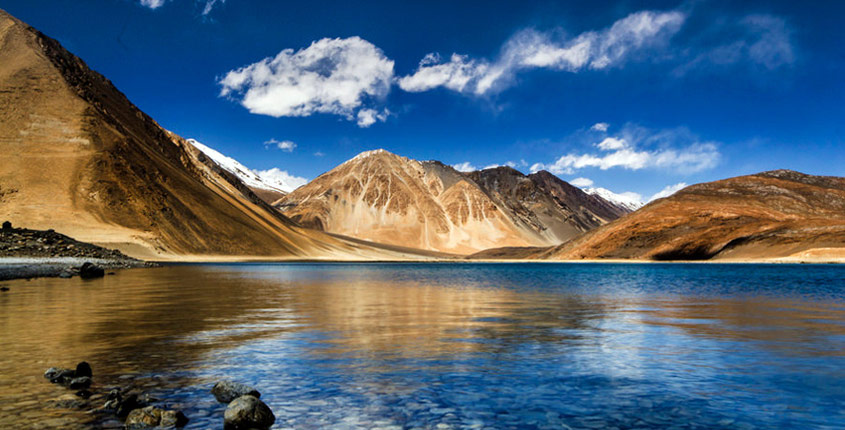
Pangong Lake
A world-famous high-altitude lake, known for its changing blue hues and breathtaking mountain backdrop, ideal for photography and camping.
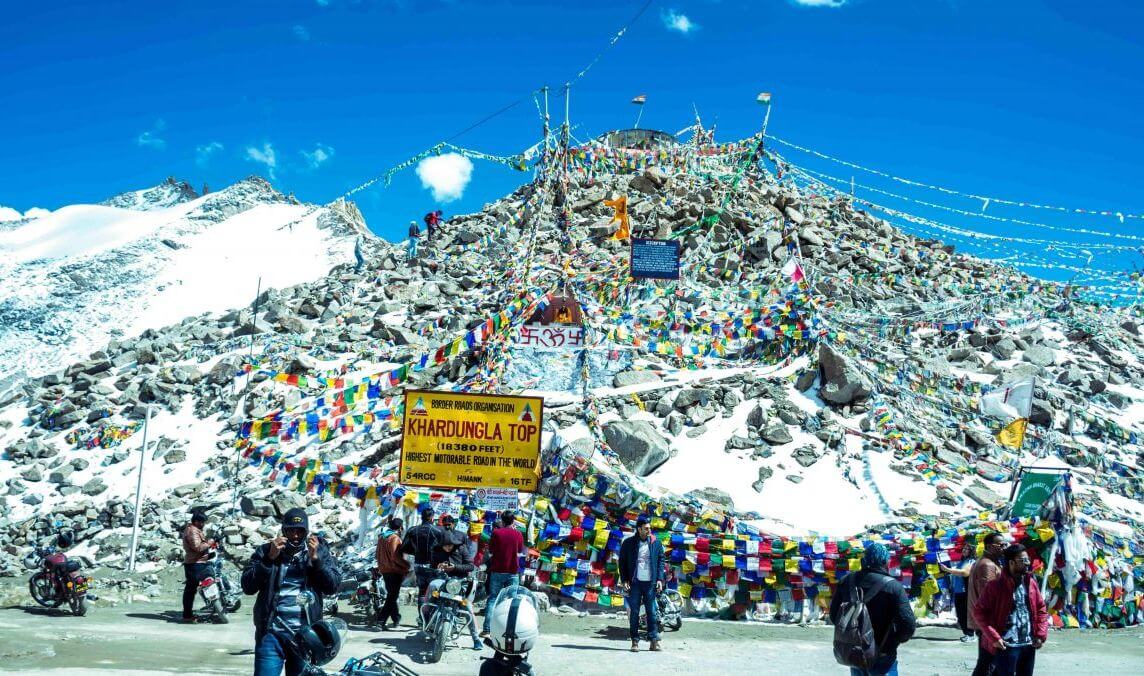
Khardung La Pass
One of the world’s highest motorable roads, it offers thrilling adventures and panoramic Himalayan views for bikers and travelers alike.
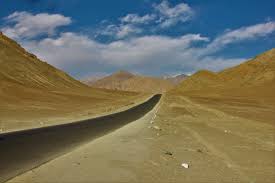
Magnetic Hill
A gravity-defying phenomenon where vehicles appear to move uphill on their own, making it a fascinating stop on the Leh-Kargil highway.

Hemis Monastery
Ladakh’s largest monastery, renowned for its annual Hemis festival, ancient relics, and tranquil spiritual ambiance.
Things to do in Leh
Experience the adventurous, spiritual, and cultural charm of Leh. From exploring monasteries to indulging in thrilling treks and savoring Ladakhi cuisine.

Trekking in the Himalayas
Embark on scenic treks like Chadar or Markha Valley to witness breathtaking landscapes and experience the thrill of high-altitude adventure.
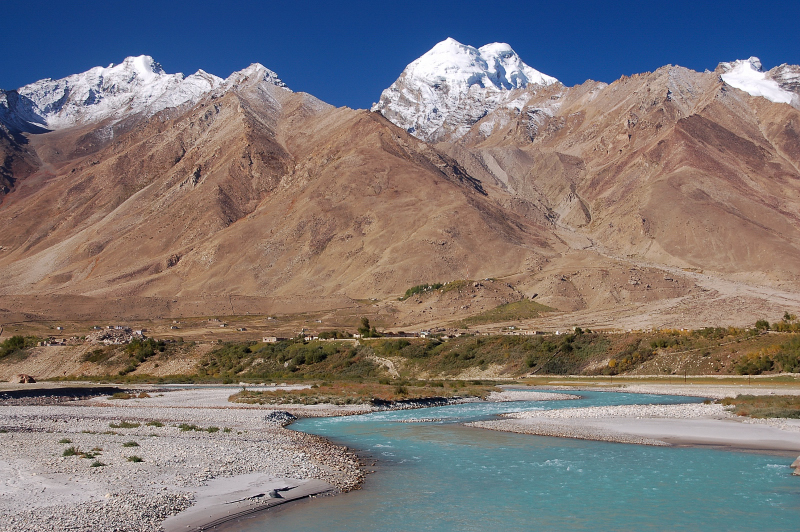
River Rafting in Zanskar
Feel the adrenaline rush as you raft through the gushing Zanskar River, surrounded by dramatic gorges and towering mountains.
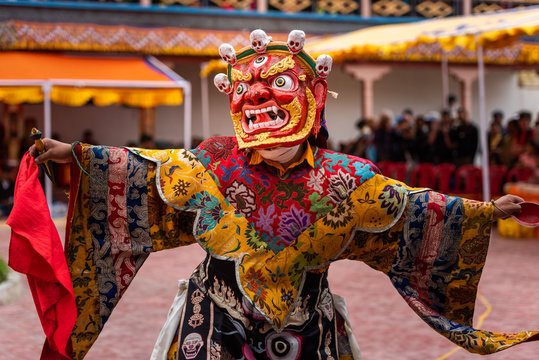
Attend Monastery Festivals
Witness colorful masked dances, rituals, and Ladakhi traditions during vibrant monastery festivals like Hemis, a true cultural delight.
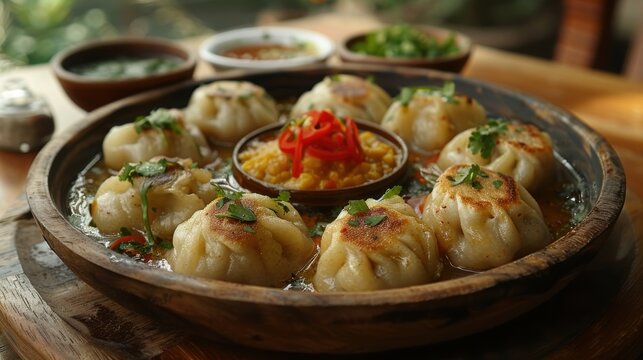
Taste Authentic Ladakhi Cuisine
Relish local dishes like Thukpa, Momos, and Butter Tea, offering a delicious glimpse into the region’s Tibetan-influenced flavors.
The Performing Art of Leh
Leh’s performing arts are deeply tied to its Tibetan Buddhist heritage and Ladakhi traditions. Music here reflects spirituality and storytelling, while dances are performed during festivals, often in monasteries, symbolizing devotion, myth, and culture. Together, they offer a window into the soul of Ladakh.
Music Forms
Lama Mani Songs
Chhoskar Songs
Folk Wedding Songs
The music of Leh is heavily influenced by Tibetan chants, devotional hymns, and folk traditions. Instruments like the dungchen (long trumpet), daman (drum), and surna (oboe-like instrument) are commonly used. Folk songs narrate tales of love, harvest, and spiritual teachings, while Buddhist chants create a meditative ambiance in monasteries.
Dance Forms
Cham Dance
Shondol Dance
Jabro Dance
The region is famous for its Cham Dance, performed by monks during festivals, featuring elaborate masks and costumes that depict deities and demons. The Jabro dance is a community folk dance expressing unity and joy, while the Shondol dance is a traditional royal court dance performed during special occasions. These dances embody spirituality, festivity, and Ladakhi identity.

City Vibes - Timeless Charm
A blend of rugged Himalayan beauty, spiritual calmness, and vibrant cultural traditions. The city’s old bazaars brim with colorful handicrafts, prayer flags flutter in the mountain breeze, and monasteries echo with sacred chants. Life in Leh moves at its own pace, shaped by the mountains and the deep-rooted Buddhist way of living. While modern cafés and adventure hubs add a youthful spirit, the timeless charm lies in its monasteries, festivals, and warm Ladakhi hospitality. In Leh, every corner feels like a step into both serenity and tradition, offering travelers a unique cultural and spiritual escape.
Heritage of Leh
Deeply rooted in its Buddhist traditions, ancient monasteries, and royal past. The iconic Leh Palace, reminiscent of Tibet’s Potala Palace, stands as a symbol of Ladakhi royalty and history. Monasteries like Hemis, Thiksey, and Spituk preserve centuries-old murals, scriptures, and statues that reflect the spiritual essence of the region. The old town of Leh, with its narrow lanes and traditional mud-brick houses, showcases the architectural charm of a bygone era. Festivals, rituals, and local crafts like thangka paintings and wood carvings continue to keep the heritage alive.

Cuisine of Leh
Offers a unique blend of Tibetan and Ladakhi flavors, perfect for those seeking warm, hearty meals in the cold mountain air.
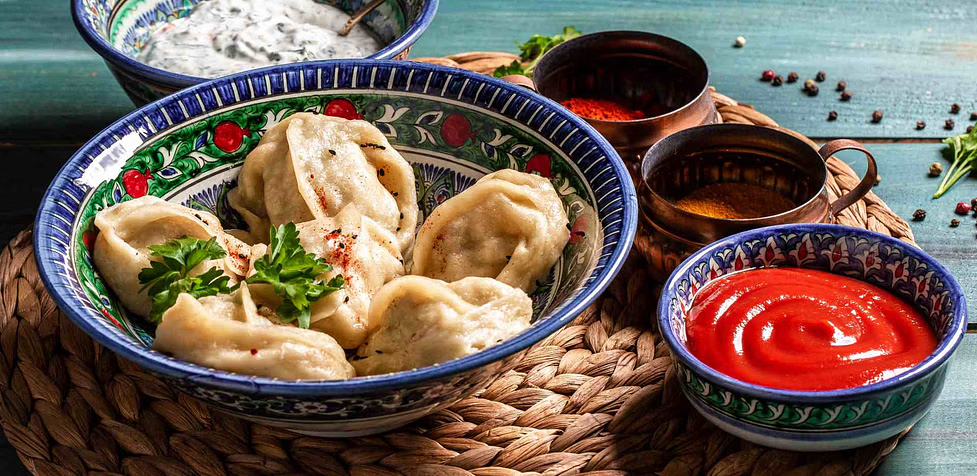
Momos
Steamed or fried dumplings stuffed with vegetables or meat, served with spicy chutney, are a staple and a must-try street food.
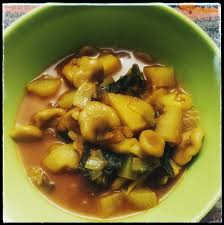
Skyu
A traditional Ladakhi pasta dish made of wheat dough, cooked with vegetables or meat, offering a wholesome and filling meal.

Thukpa
A warming noodle soup with vegetables or meat, thukpa is perfect for chilly Leh evenings.
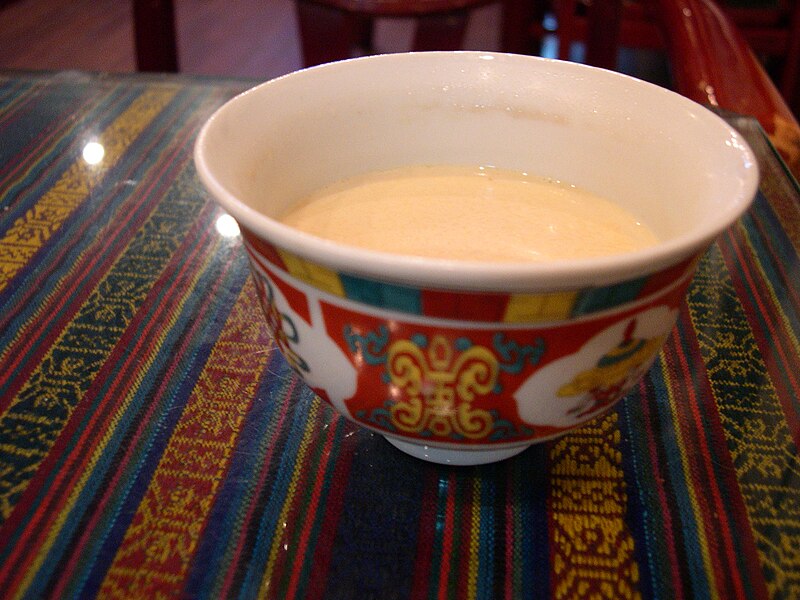
Butter Tea (Gur Gur Chai)
A salty tea made with yak butter and salt, this drink is both energizing and warming in high-altitude weather.
Shopping in Leh
From vibrant Tibetan handicrafts to warm woolens, the markets are filled with treasures that reflect the region’s rich cultural heritage.

Pashmina Shawls
Exquisite and warm, authentic pashmina shawls from Leh are world-famous for their quality and elegance.
Tibetan Handicrafts
Prayer wheels, wall hangings, and Buddhist artifacts make unique keepsakes reflecting Ladakh’s spiritual culture.
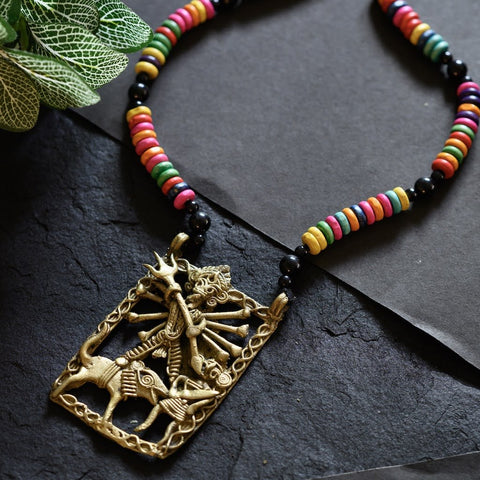
Ladakhi Jewelry
Handcrafted jewelry with turquoise and silver is a must-buy for its beauty and cultural significance.

Apricot Products
Locally grown apricots are turned into jams, oils, and dried snacks—perfect to take home as a taste of Leh.
Tourist's Handbook
The best time to visit Leh is from May to September, when the weather is pleasant, roads are open, and the region comes alive with greenery and vibrant festivals. During these months, you can comfortably explore monasteries, lakes, and mountain passes. Winters (October to April) bring heavy snowfall, sub-zero temperatures, and road closures, making travel extremely difficult. Summer is ideal for trekking, river rafting, and experiencing Leh’s breathtaking landscapes at their finest.
Acclimatize Properly – Spend at least 1–2 days in Leh before heading to higher altitudes to avoid altitude sickness.
Stay Hydrated – Drink plenty of water but avoid overexertion, as the dry climate can cause dehydration quickly.
Carry Medicines – Keep basic medicines and Diamox for altitude sickness; consult your doctor before use.
Layer Up – Weather can change rapidly; always carry warm clothing even in summer.
Drive with Caution – Mountain roads are narrow and winding; drive slowly and avoid night travel.
Respect Local Culture – Dress modestly in monasteries and always seek permission before taking photos.
Exploring Leh is a mix of walking, biking, and local transport. The compact town center can be best explored on foot, especially around markets and monasteries. For longer distances, taxis are available, but fares are usually fixed by the local taxi union. Renting a bike or a Royal Enfield is a popular way to explore the rugged terrain and scenic routes. Shared cabs operate for inter-village travel and nearby attractions, making them budget-friendly options. Due to altitude and terrain, public buses are limited but available for certain routes.
Overpriced Taxi Rides – Always check official taxi union rates or pre-book through hotels to avoid being overcharged.
Fake Trek Guides – Hire only licensed, experienced guides for trekking; avoid strangers offering cheap packages.
Souvenir Shop Overpricing – Handicrafts and pashmina shawls can be quoted at very high prices; compare or buy from government emporiums.
Hotel Room Scams – Some agents may promise confirmed bookings but provide substandard stays; book directly with trusted hotels.
Bike Rental Tricks – Inspect bikes carefully before hiring and document any damages to avoid false repair charges.

